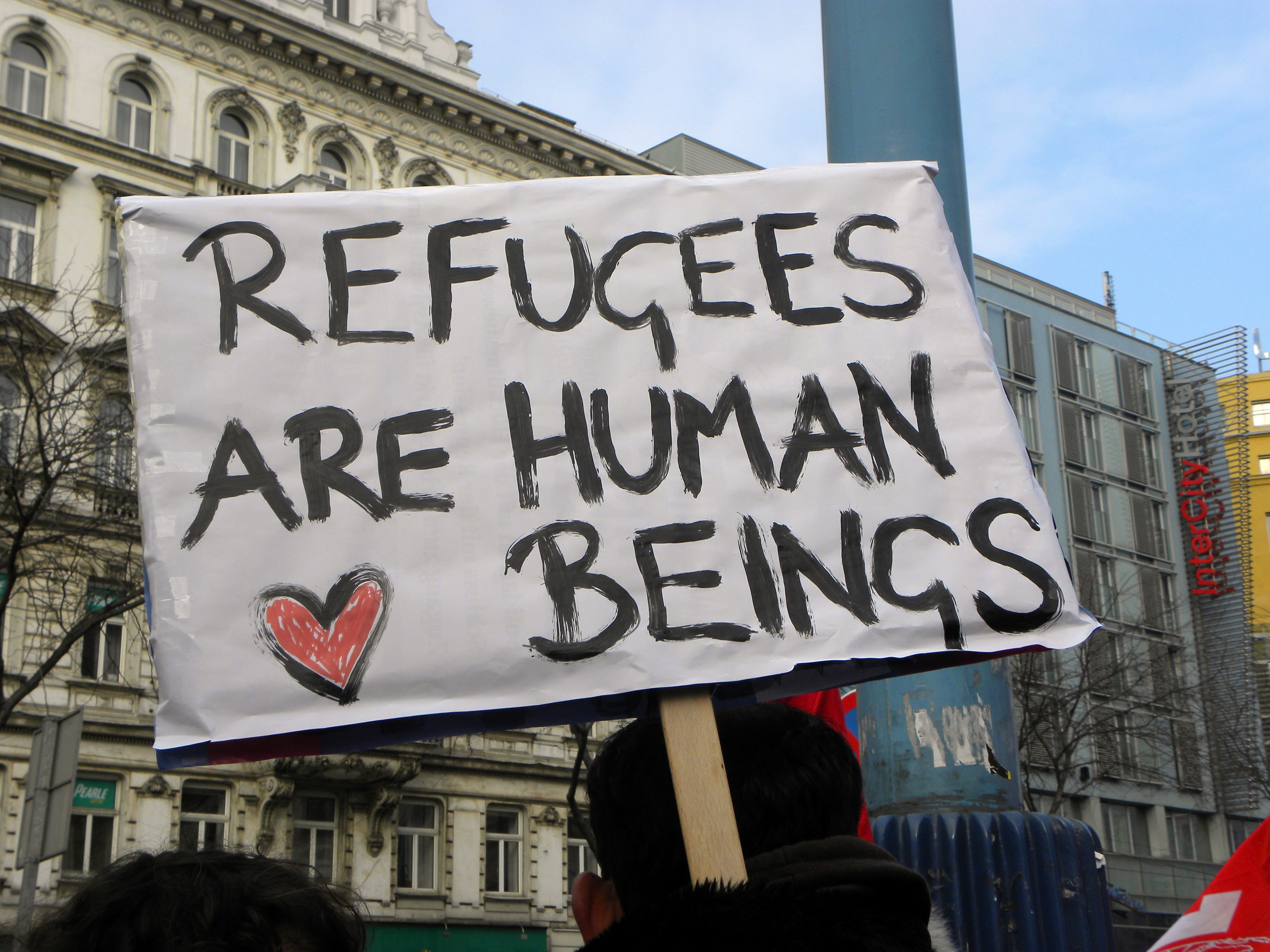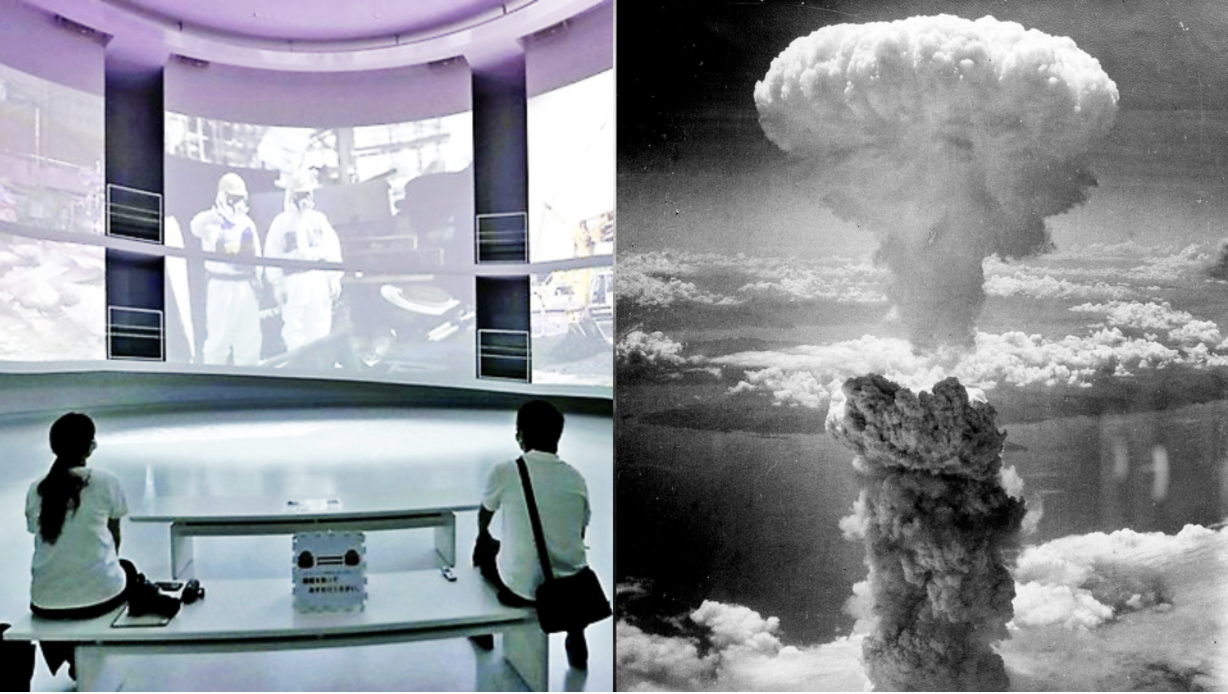No matter where you look, from shocking pictures and TV reports to newspapers and radio, the current influx of refugees from the Middle East to Europe is a difficult topic to escape from. No one knows what to do, yet everyone in Brussels seems to have an opinion both blue-collar workers and politicians alike. While public debate on the refugee crisis continues, the constant stream of refugees pouring into Europe from every corner remains uninterrupted. In times like these, looking at how media reports on the refugee crisis can be an important tool in gauging the public opinion in that matter.
To understand why so many people have risked their lives to leave their homes and travel to Europe, one must first understand the situation they face in their country of origin. Currently, a total of nine civil wars are ongoing in the Middle East, among which the sole Syrian civil war has caused countless casualties and has forced millions out of their homes. It is estimated that around eight million people have been forced to leave their homes and some four million people who fled are now refugees in other countries. This number has been steadily rising since the start of the conflict in early 2011. Additionally, the rise to power of the Islamic State in the region has also forced millions of Iraqis out of their homes. Given the circumstances, it is not surprising that a large number of people are trying to seek asylum in Western countries in Europe.
Over the past several months, pictures of refugees who were washed ashore after drowning while trying to cross the Mediterranean Sea have been circulating in the media, and it seems like every day there is a new evocative story from the tragedies at the borders of Europe.
One recent story that shocked the continent involved the discovery of the bodies of 71 refugees, including four children, in an abandoned truck on the side of the road in Austria. Following that, the picture of a three year-old Syrian boy lying limp and lifeless on a Turkish beach went viral and was picked up by media outlets around the world. However, the question on everyone’s lips is whether Europe can support incoming refugees while also facing the ongoing Eurozone crisis, a situation that has its roots in the recession of 2008 and 2009. With an unemployment rate of more than 20% in countries like Greece and Spain, as well as being in billions of euros in debt, the economic situation in Europe is not ideal to say the least. Coincidentally, the two hardest economically hit countries, Spain and Greece, alongside Italy and Portugal, are the countries of first contact for many asylum seekers due to the countries’ geographic position around the Mediterranean Sea, over which many people arrive on boats. Many people fear that the influx of refugees, which need to be taken care of, pose a financial burden to these countries who are already struggling with the current economic situation.
The high unemployment rate, together with the precarious circumstances, set the mood for a negative public opinion regarding refugees seeking asylum in Europe. The question as to how to finance the stay of thousands of refugees, when the countries seemingly cannot take care of their citizens anyway, is in the minds of many people. When reading the comment section of online newspaper articles regarding the deaths of asylum-seekers, it is clear that not everyone is willing to open their homes and wallets for those incoming. An argument often used by the disgruntled public is that while there is certainly a number of refugees fleeing from their war-ridden countries, a large number are just economic refugees who come to Europe to receive welfare from European countries. The fact that countries like Germany and Sweden, in which the benefits for refugees they receive from the state is higher compared to other European countries would give a foundation to this argument.
However, not everyone agrees. Stories in which the civilian population has taken it upon themselves to assist refugees, either through donations or by offering their own homes, persist. For instance, around 13,000 Icelanders showed exceptional moral courage by offering to open their private homes to Syrian refugees. In Austria, a campaign, most likely sparked by the recent tragedy in the country, was started in which 2200 drivers agreed upon taking refugees across the border in their cars. All over Europe, citizens greet refugees coming in at train stations with signs, and humanitarian aid organizations had to stop taking donations because their facilities could not hold any more donations.
Whether you have a positive or a negative reaction to the ongoing refugee crisis, what both sides can agree upon is that the governments are unable to handle the situation. All around Europe, refugees are being kept in degrading circumstances in makeshift tent towns, which do not offer protection against the elements.
Humanitarian aid comes mostly from charity organizations and not from the governments, which are unable to process the sheer number of applications for asylum. In order to deal with this situation in a manner that is consistent with European values and morals, countries need to work together to create a system that efficiently handles, processes, and screens applications for refuge.
By Lilith-Isa Samer
- NOVAsia Is Hiring: Call For Applications and Contributors for Spring 2025! - February 26, 2025
- NOVAsia Is Hiring: Call For Applications and Contributors for Fall 2024! - August 20, 2024
- NOVAsia Is Hiring: Call For Applications and Contributors! - February 19, 2024





